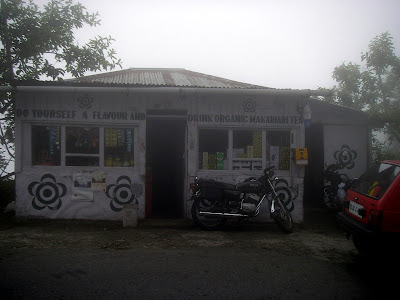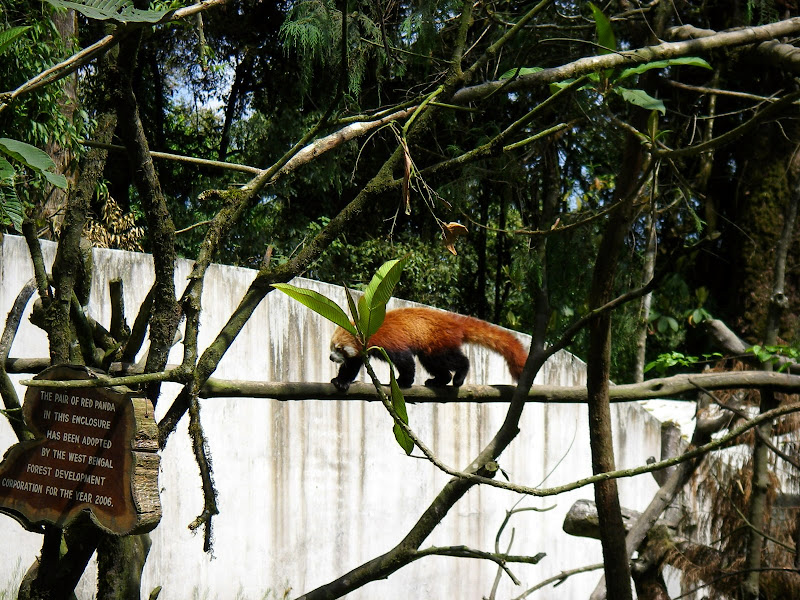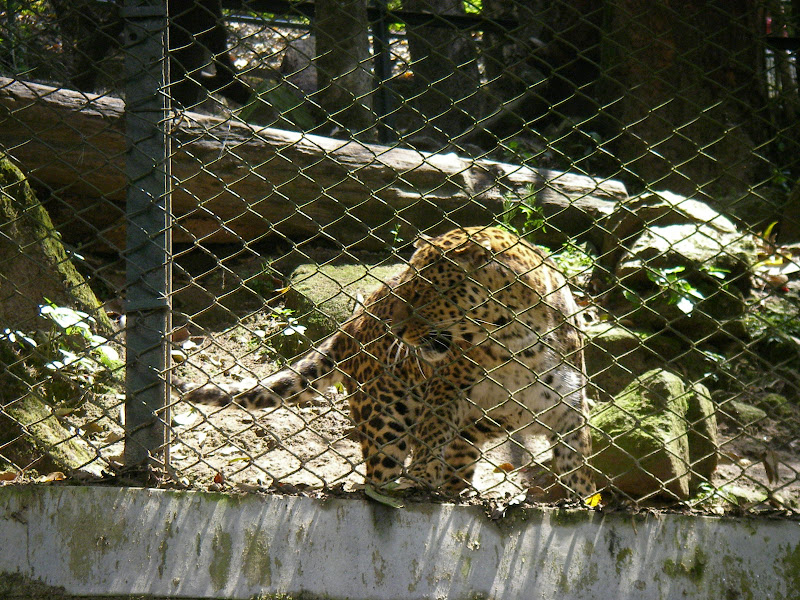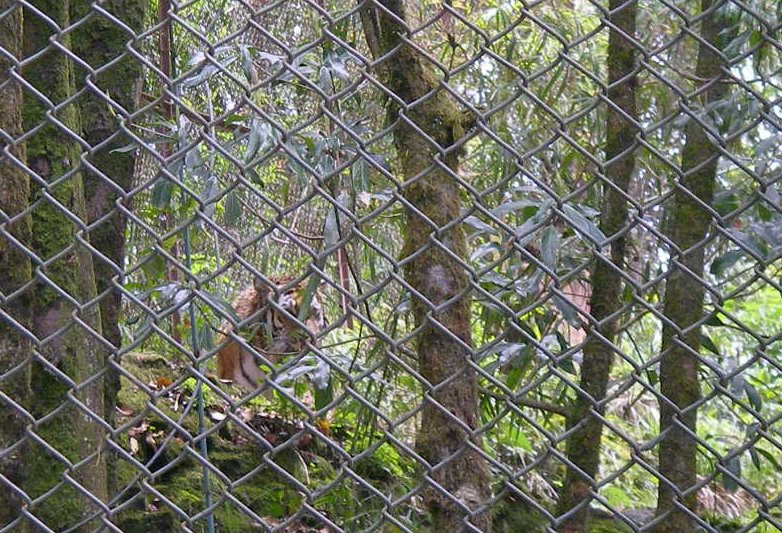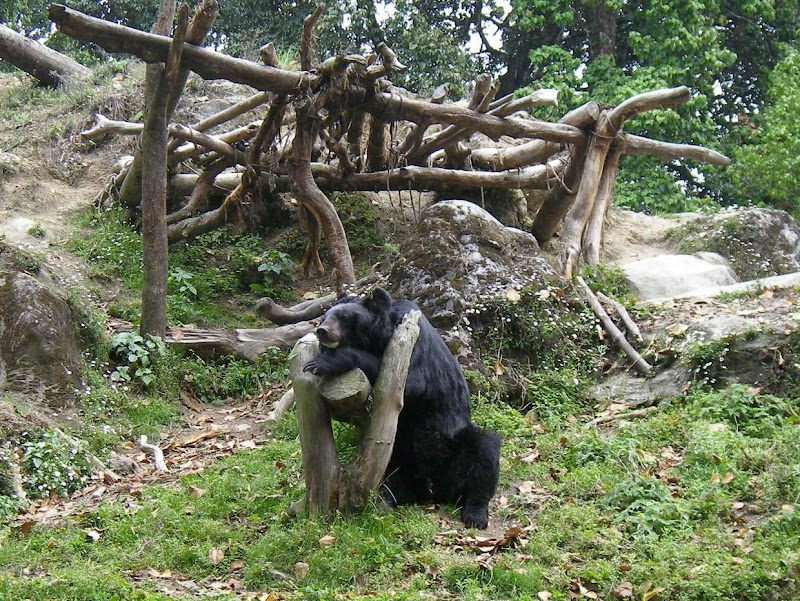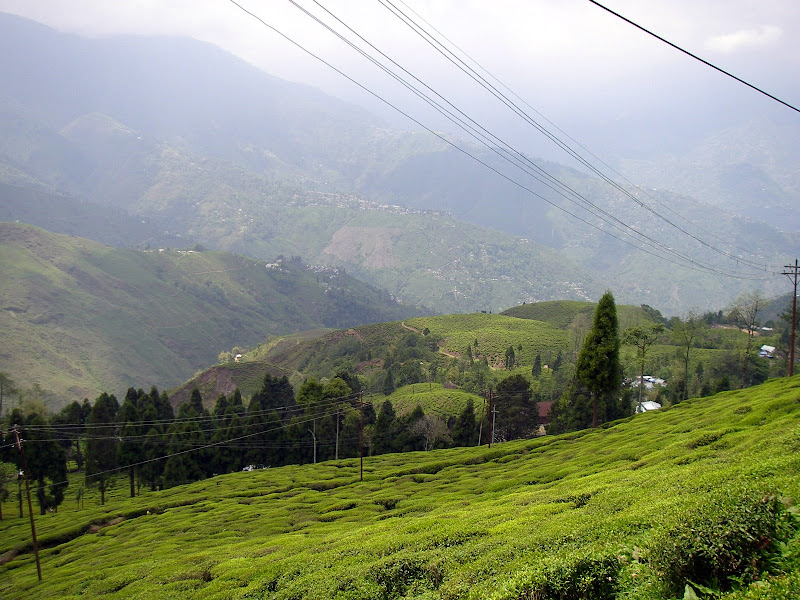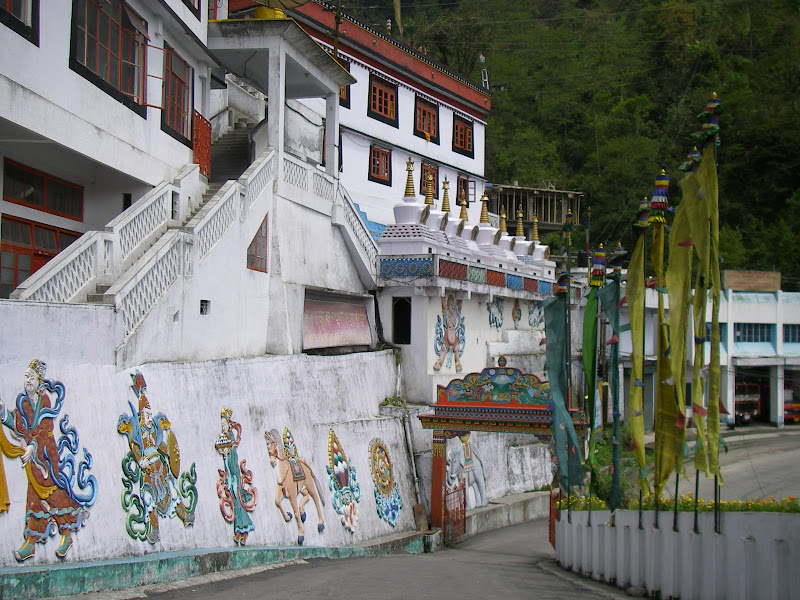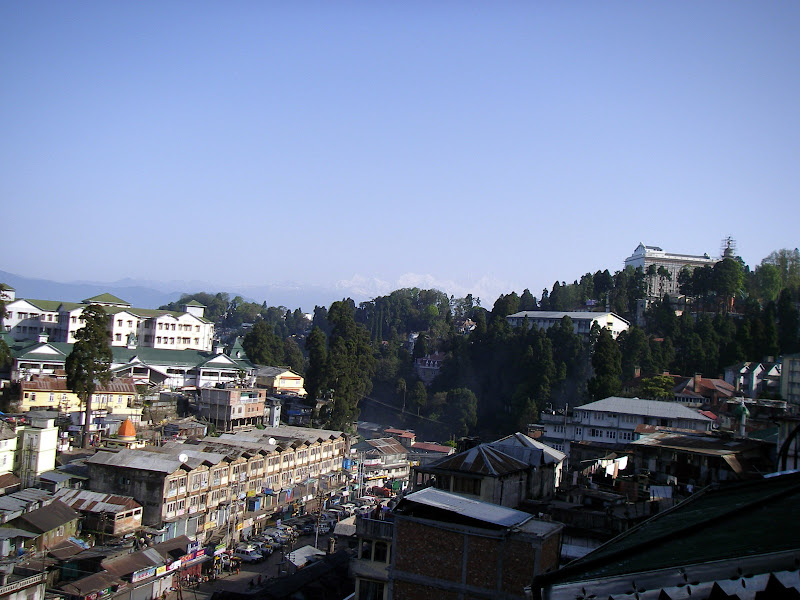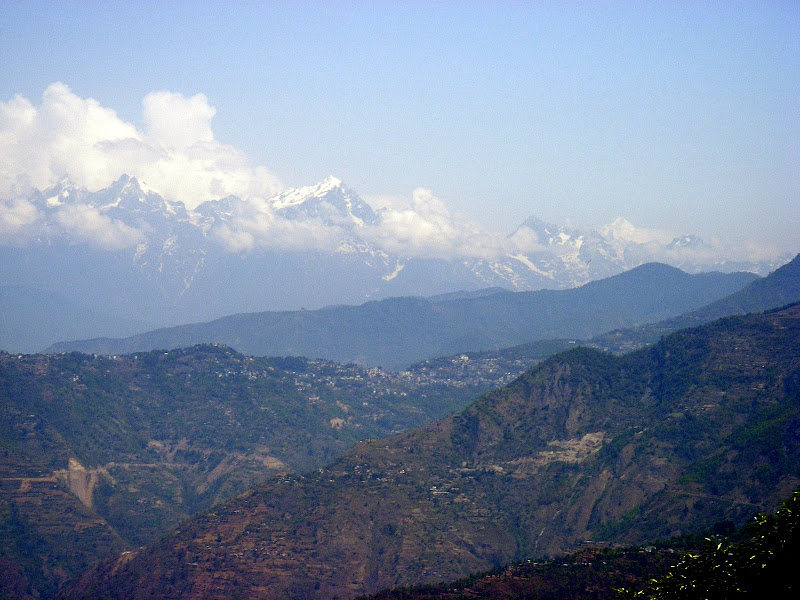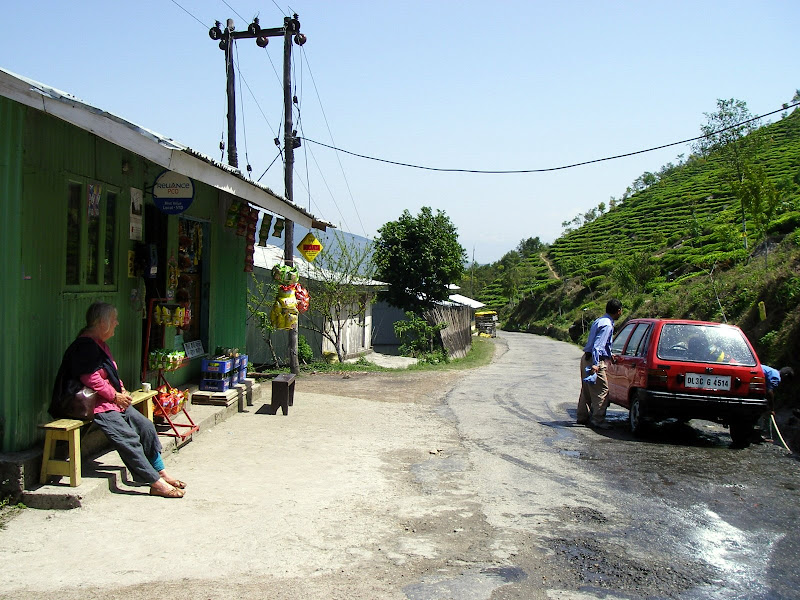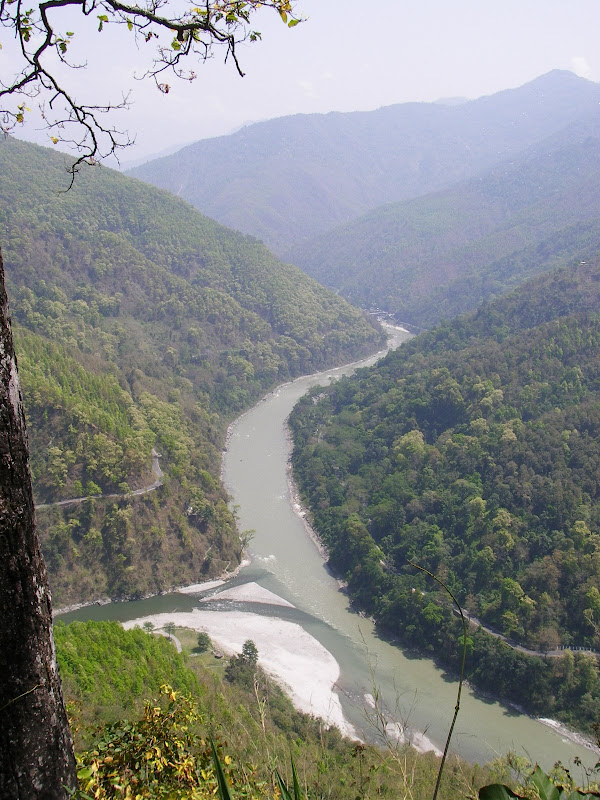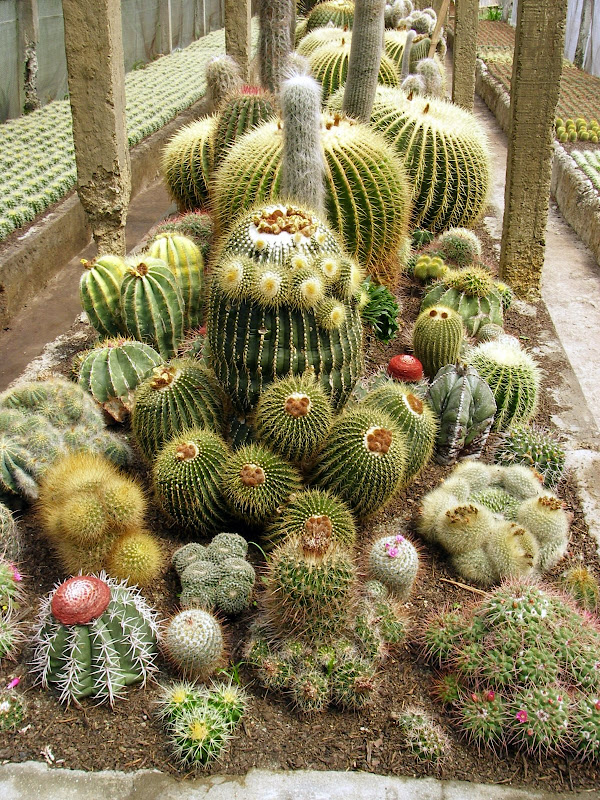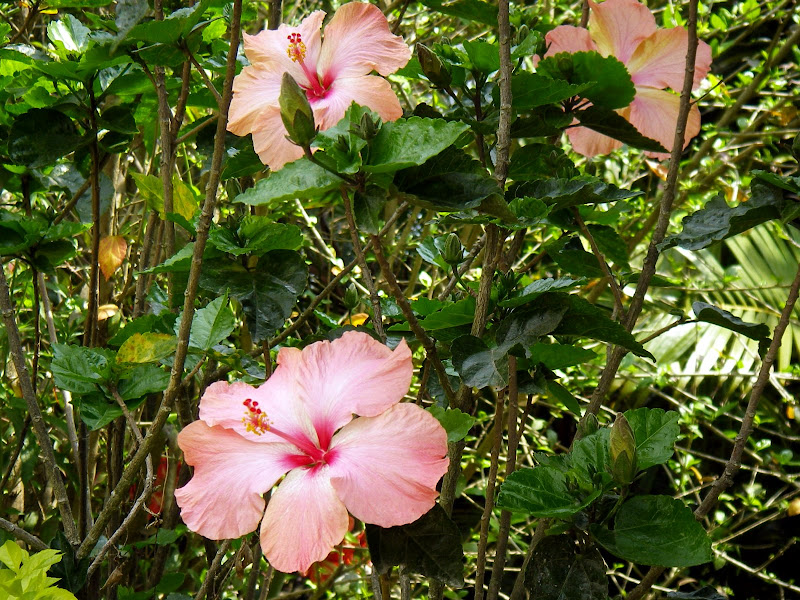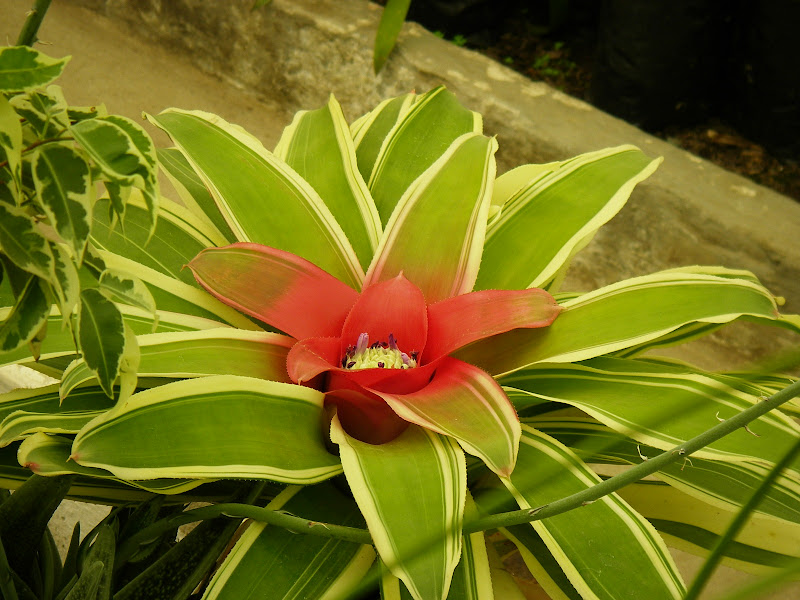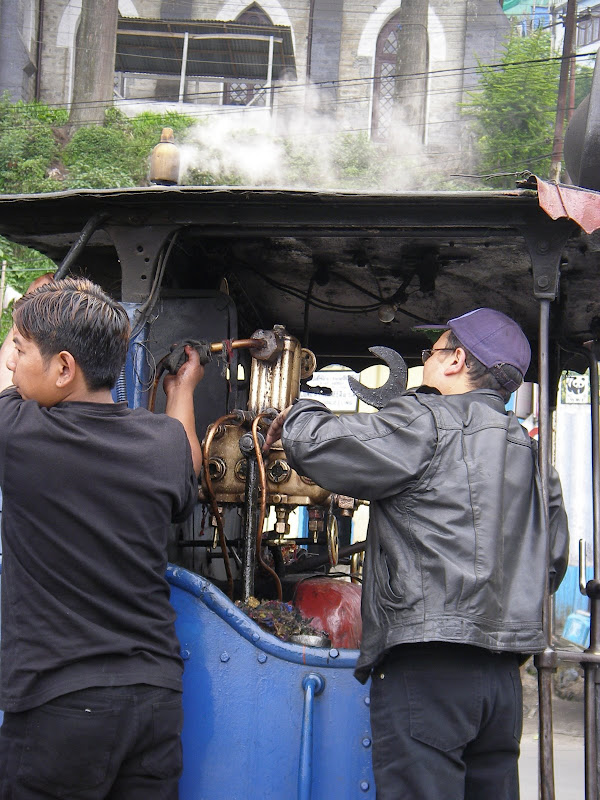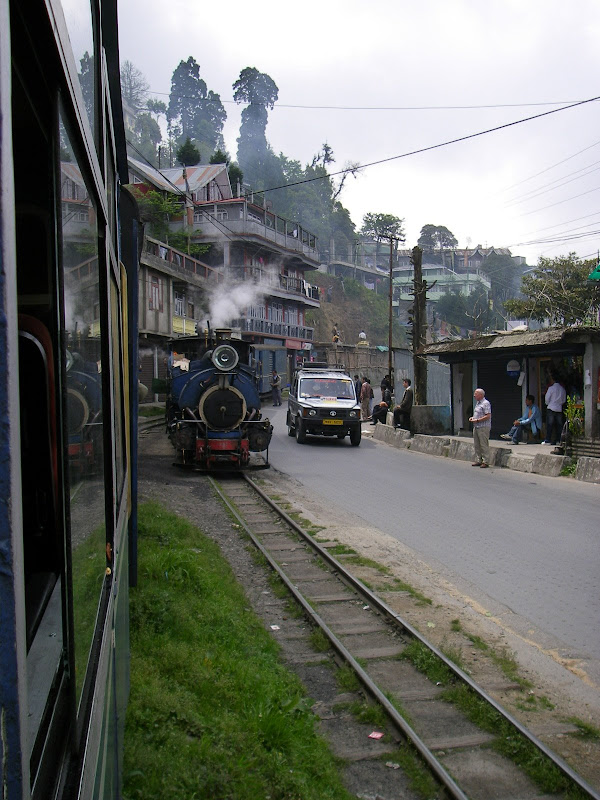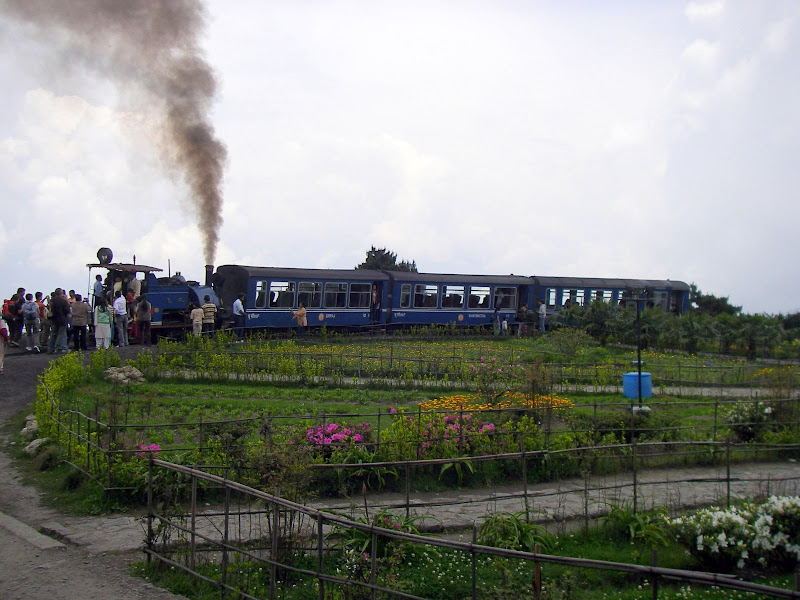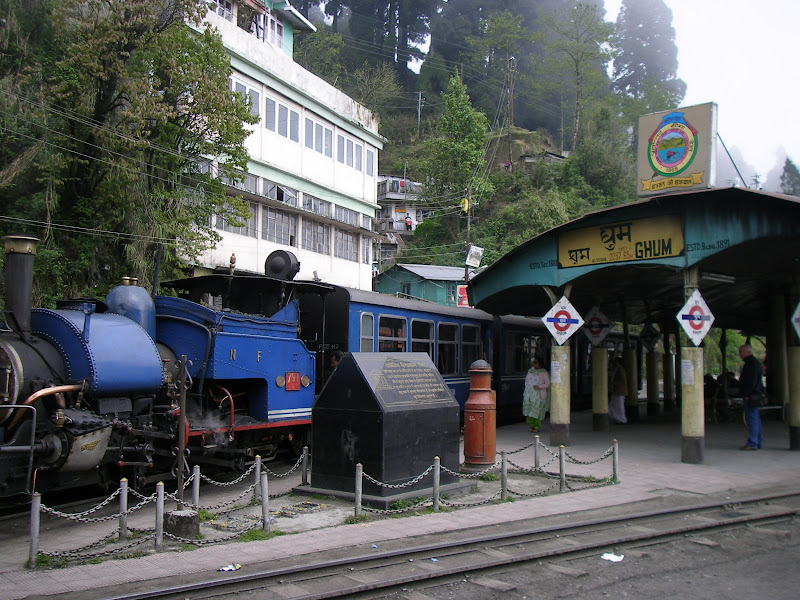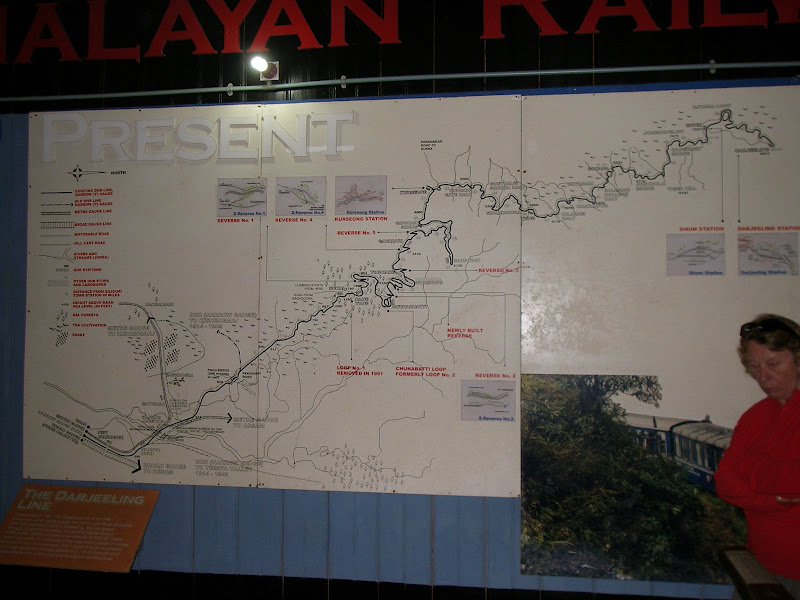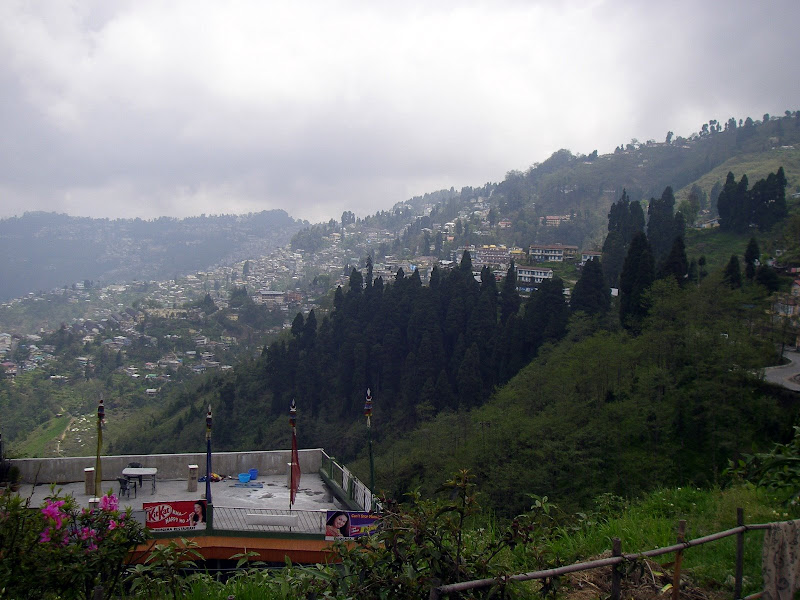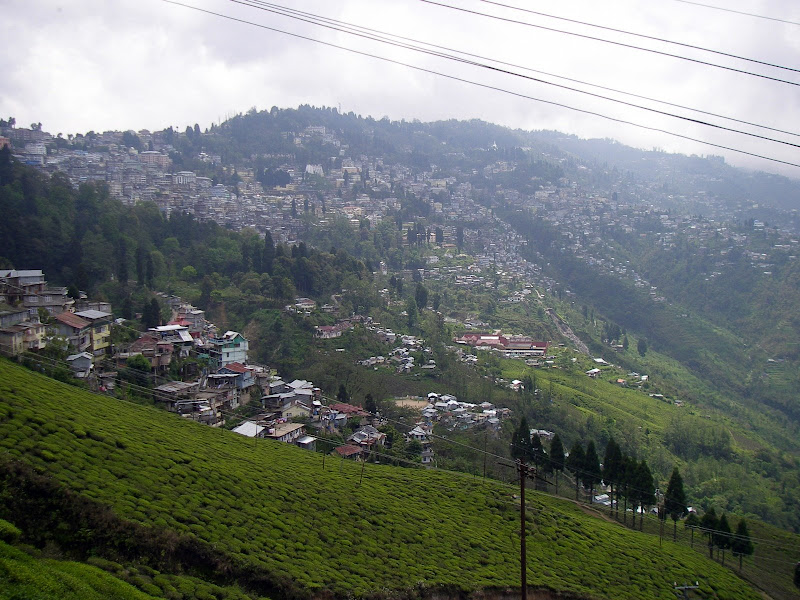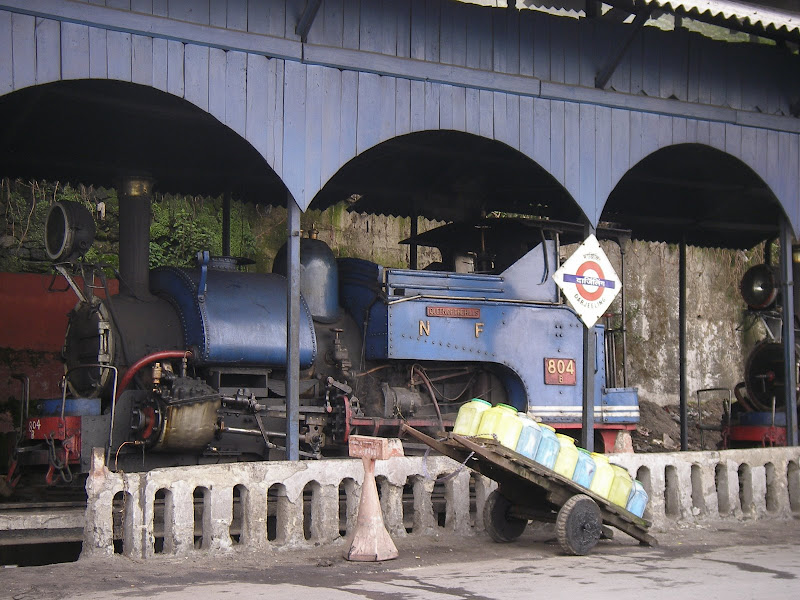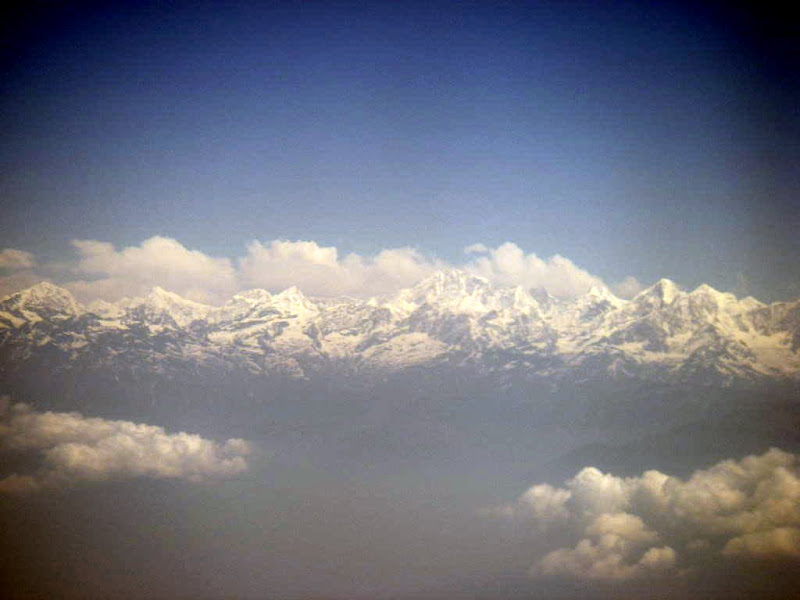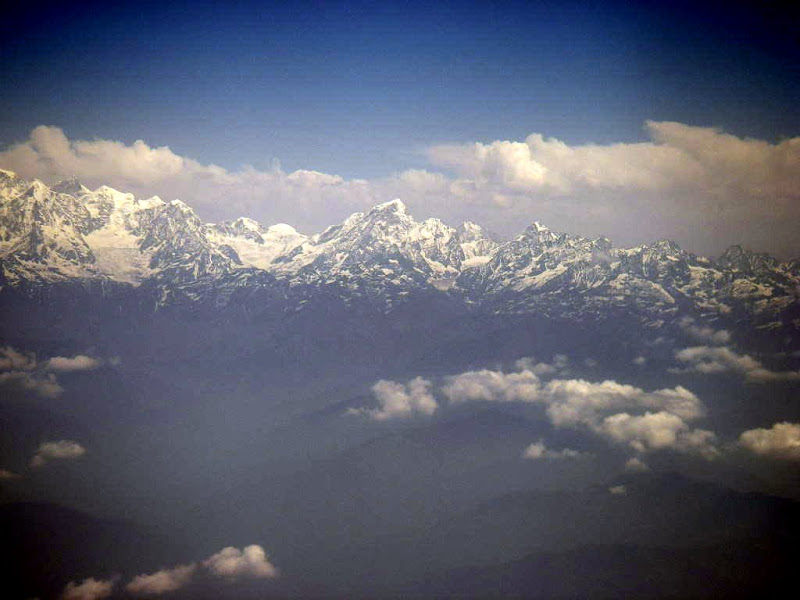ECD is considered by some here, to be a time when children are "Learning to learn"
This week I am involved in discussions and proposals re radically increasing enrolment for ECD to be closer to reaching the EFA targets. There is also some understanding that enrolment is not enough and it is the quality of experiences that is important!
And the children are in ECD from 10 am -3 pm! The facilitator did try using singing and stories and a game with a ball but for 5 hours!!??
Learning to learn?
Later when walking back to the office I passed a child who I see quite often sitting on a step outside his/her (?) family home/workplace (?)
Low cost no cost resource, included one old plastic bottle, 1 piece of stick, a tiny stone, I rupee coin and a small shiny sphere, possibly a ball bearing which unlike the other objects rolled every-time it was dropped and the small hand had to be very quick to catch it.


Holding the bottle like this meant the contents could be seen as each new piece dropped down and did not fall out.

When enough, or all available contents were in the bottle shaking it meant it made a good sound, the pieces went up and down, but held this way up didn’t fall out either…

Involvement and concentration levels high. Learning explored; materials have different properties, objects move in different ways e.g. some roll, gravity, volume, sound, and, and, and...
So learning lots!
Although sadly no adult interaction to help take the learning any further (and if ever I get close he/she runs inside).
Last time I saw them studying a 5 rupee note, turning it over and over and folding it in different ways for several minutes, but then this strange foreign woman was spotted watching and vanish!
Learning to learn? Yes!
More news soon, Sheila x
